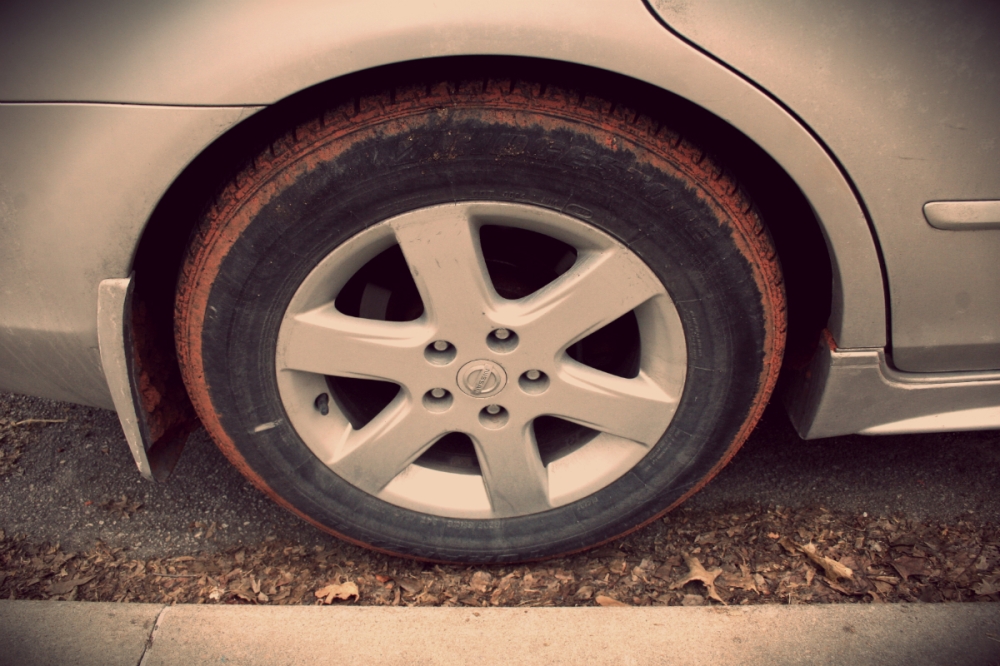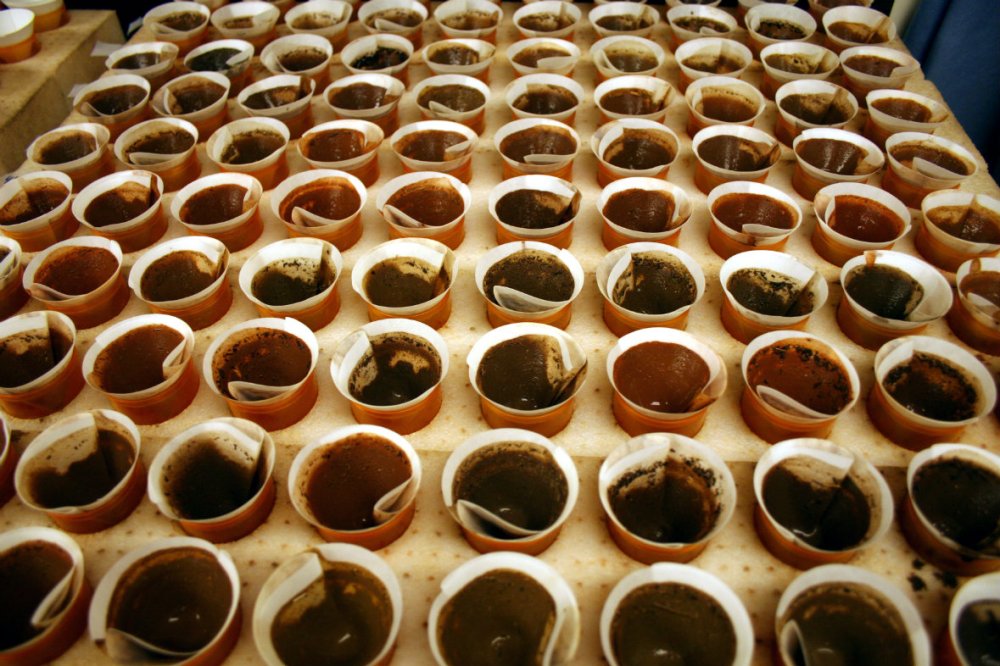The red soil of Oklahoma
Thursday, James and I went to University of Tulsa Presidential Lecture Series for Jared Diamond’s lecture on Constructive Paranoia and what we could learn from the way traditional societies assess daily risks. At the end of his lecture, when asked about the knowledge of Geography in the USA, Dr. Diamond answered: Not enough. So, with this blog, I studied a little bit more Geography and Geology as well.
***
The incredible journey of Lewis and Clark through the west rangelands captivated our imagination on many levels. Their “Corps of Discovery” set off up the Missouri River into western Montana and on to the Pacific Ocean. Lewis and Clark had specific instructions from the President Jefferson to report on factors that would reveal the potential of this vast new land for agricultural. After the first winter, Lewis and Clark sent samples of soil, minerals, and plants and other items back to the president. Their journals contain the first detailed descriptions of the soils, vegetation, and animals native to an area that now spans 18 different states. Reports coming out of the expedition excited America. Farmers in New England and the South left depleted farmlands to settle large western farms with rich, prairie soil. While much has changed inside the landscape since the Lewis and Clark expedition, none of us is less dependence on the land nor should we underestimate the bounty it has to offer us. http://www.nrcs.usda.gov/
***
Port Silt Loam is the state soil of Oklahoma. This type of soil is reddish in color due to the weathering of reddish sandstones, siltstones, and shales of the Permian Geologic Era. It is a medium textured soil and is an alluvial soil deposited along flood plains. Soils are often named after an early pioneer, town, county, community or stream in the vicinity where they are first found. The name “Port” comes from the small community of Port located in Washita County, Oklahoma. The name “silt loam” is the texture of the topsoil. This texture consists mostly of silt size particles (.05 to .002 mm), and when the moist soil is rubbed between the thumb and forefinger, it is loamy to the feel, thus the term silt loam. Port silt loam can be found in 33 of the 77 counties in Oklahoma and covers around one million acres (4,000 km²). When Port soils are undisturbed, they produce native vegetation including tall grasses with an overstory of pecan, walnut, bur oak, and cottonwood trees. This native condition offers very desirable wildlife habitat for most of Oklahoma’s wildlife species. (you can find out more on soils at www.soils.org)
Soils are one of our most import natural resources and also are important for the beauty their many colors add to our landscape. Soil colors serve as pigments in bricks, pottery, and artwork. The color and texture of soil painting is fascinating and a creative opportunity I learned from an Oklahoma educator Carolyn Mathews and will post my finding on this blog next time.


You must be logged in to post a comment.